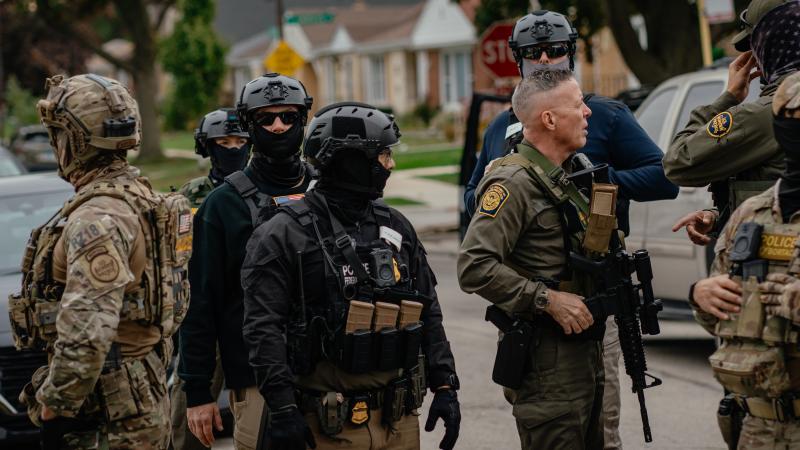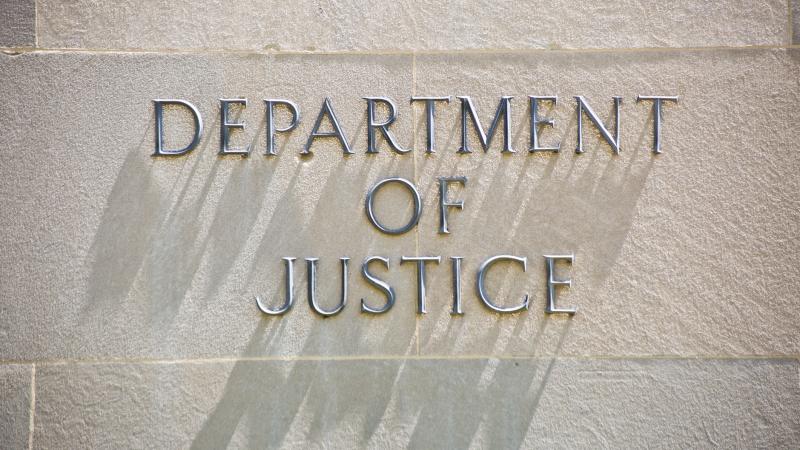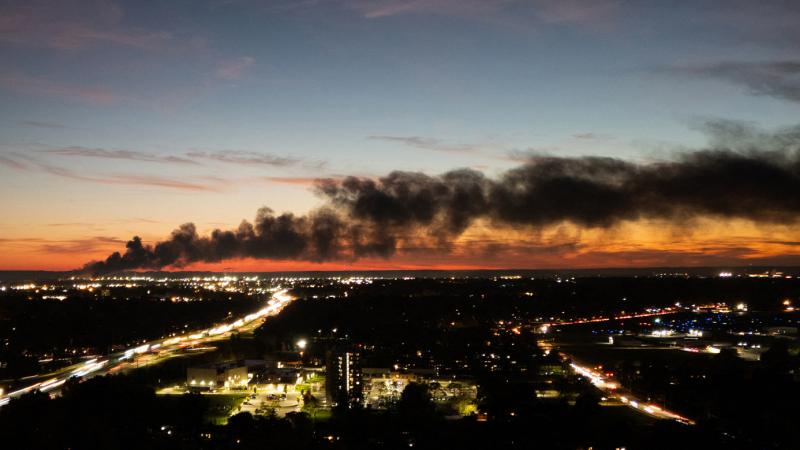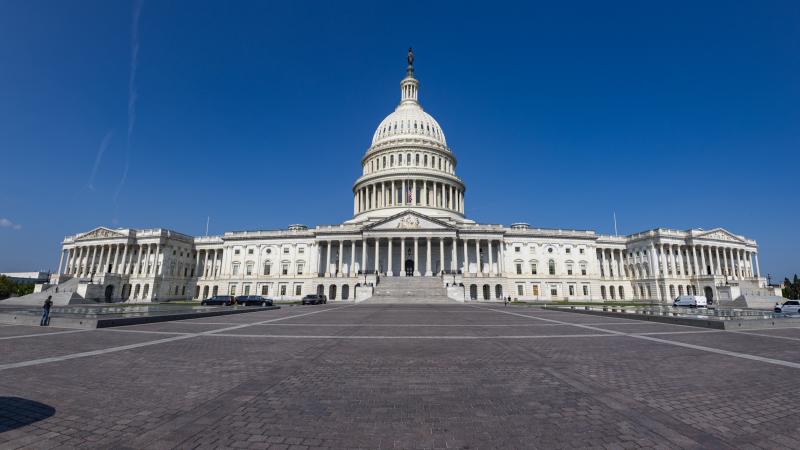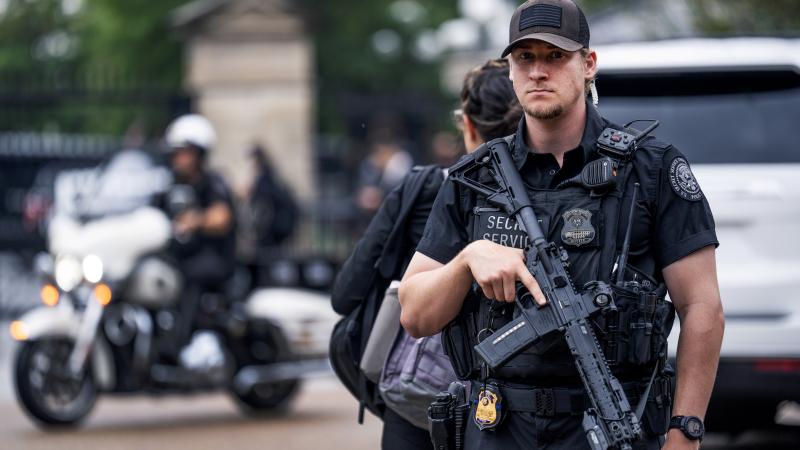Army using latest military technology to reduce aircraft birdstrikes – 'Coyote Rover' drones
The development of the prototype drones, otherwise known as unmanned ground vehicles, is being led by the Army Corps of Engineers’ Engineer Research and Development Center.
After trying such conventional methods as dogs, fireworks and weather radar, the Defense Department is deploying robots – in the form of wild coyotes – to try to scare away birds at miliary airfields that get sucked into aircraft jet engines, causing damage and sometimes even fatal crashes.
The development of the prototype robots – otherwise known as drones, unmanned ground vehicles or simply "Coyote Rovers" – is being led by the Army Corps of Engineers’ Engineer Research and Development Center.
“They basically have the same functionality as any other drone,” Shea Hammond, an ERDC research biologist, recently told The Army Times.“
He also said they can be programmed to target specific areas while avoiding others, like airstrips, and have recharging stations so they can "have utility for multiple days.”
The longer-range goal for the prototypes, on which Hammond and others have worked for the past five years, is that they can also rid airfields of deer, wild pigs and even alligators that find their way onto runaways.
They have already been used for multiple test demonstrations including one at Naval Air Station Pensacola, Florida where the Blue Angels train.
Other previous efforts to mitigate damage to U.S. equipment from wildlife include hawk handlers hired by the Navy in Bangor, Washington, to scare seagulls that were damaging submarines and harassing workers.
Some of the most recent data from the Air Force shows over 4,000 bird strikes a year, costing the military tens-of-millions of dollars annually.
In 2022, the pilot and instructor on an Air Force training jet sustained only minor injuries when a bird hit the craft's windshield over eastern Mississippi, but the jet, valued at $8.5 million, was destroyed.
Among the most deadly bird-strike accidents was the 1995 crash of an E-3B Airborne Warning and Control System plane after takeoff from Elmendorf AFB, Alaska. The craft struck a flock of Canada geese just after takeoff, killing all 24 crew members.
"When you have a bird strike, it's like throwing a rock into the engine," said Staff Sgt. Paul White, airfield operations supervisor at Andrews AFB, Maryland, said at the time. "It stops the turbine from spinning, and that can be catastrophic."
Perhaps the most well-known bird-strike incident occurred in 2009 when U.S. Airways flight 1549 shortly after takeoff struck a flock of birds that were then sucked into the engines, causing them to fail. The pilot, former Air Force pilot Chesley B. "Sully" Sullenberger III, successfully landed the plane in New York's Hudson River, saving all 155 people on board.



